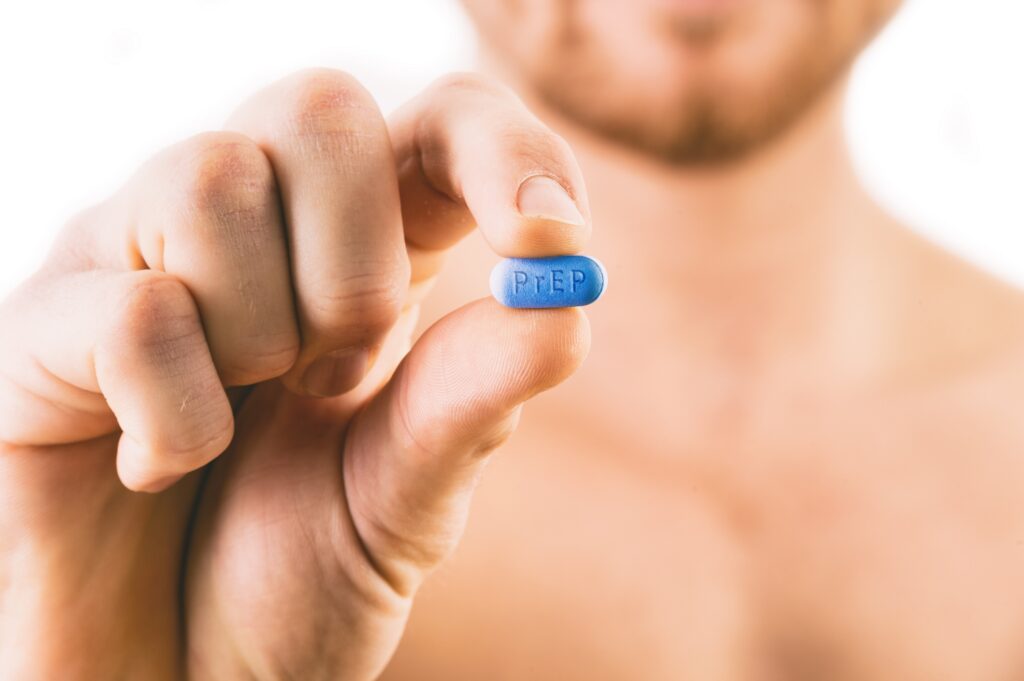Harm Reduction at the Pharmacy
Author
Media Contact
For general and media inquiries and to book our experts, please contact: [email protected]
Introduction
In many areas, pharmacies are among the most accessible locations to receive healthcare. In fact, according to estimates from the Centers for Disease Control and Prevention (CDC), 90 percent of the U.S. urban population lives within 2 miles of a pharmacy, and 70 percent of the rural population lives within 15 miles of a pharmacy. Pharmacists are also highly trained medical professionals, and the United States Surgeon General and the CDC have recognized that pharmacists are clinicians who can expand the preventive care workforce and improve population health.
Pharmacies have begun offering a number of preventive services including administering vaccinations, conducting medication therapy management and providing point-of-care tests (POC) for diabetes, cardiovascular diseases and infectious diseases. This expanded role also enables pharmacists to provide harm reduction and other services. Harm reduction encompasses a pragmatic set of strategies to reduce negative outcomes from risky behaviors. Drug use and sexual health are two areas where harm reduction strategies are particularly effective and where pharmacies could have a significant impact if provisions were expanded for harm reduction services.
Pharmacies could provide services such as selling nonprescription syringes (NPS); dispensing naloxone; offering POC tests for human immunodeficiency virus (HIV) and hepatitis C virus (HCV); prescribing pre-exposure prophylaxis (PrEP) or post-exposure prophylaxis (PEP); and dispensing medication for opioid use disorder (MOUD). Although many of the changes required to implement these services must be made at the pharmacy level, there are some policy changes that should be implemented to encourage pharmacies to offer more harm reduction services. This policy short summarizes harm reduction as a public health strategy, explains the importance of harm reduction, describes harm reduction initiatives that pharmacies can provide and suggests policies that can improve harm reduction access at pharmacies to positively impact drug- and sexual-health-related outcomes.








